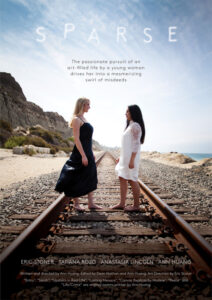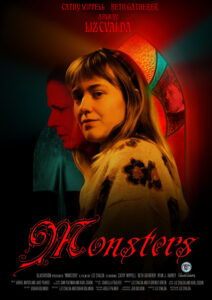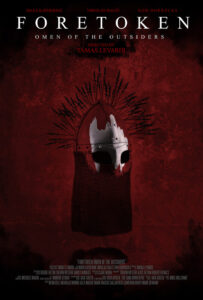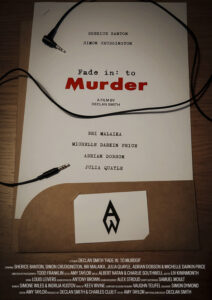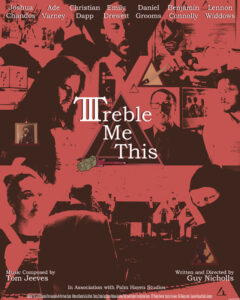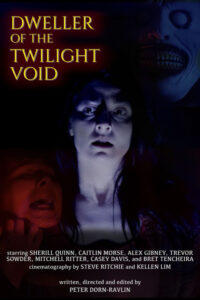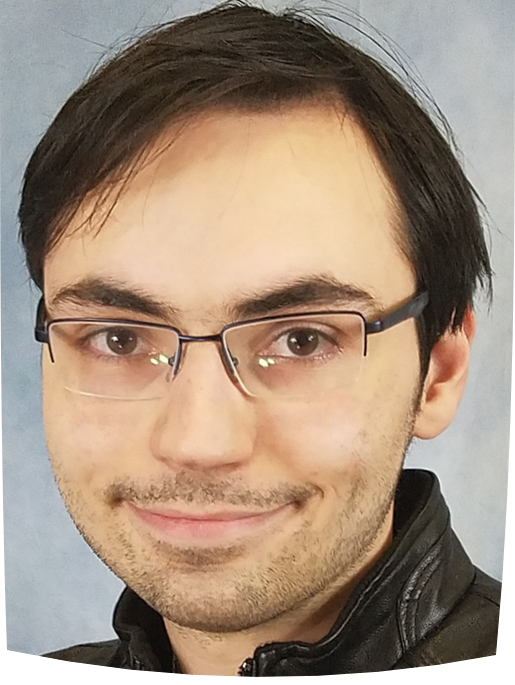
Chris Malone
Chris Malone is a graduate of George Mason University with a Bachelor of Arts degree in Film and Video Studies with a concentration in Producing and Directing. While at Mason, he has been involved in multiple productions, mostly in the technical department such as sound mixing, cinematography, and editing. He has also directed one film which screened at the Spring 2019 Mason Film Festival.
We had the great pleasure of interviewing him for the August 2020 Edition
Hello Chris and thank you for granting us this interview,
[MIS] How did you get the Idea the of Movie? And why did you choose the combination between animation and film?
[Chris] Basically, the idea for the film came from getting tired of seeing the same dark and serious tone that sweeps across most of the student films I’ve seen at George Mason University. Which isn’t to say the films were bad or poorly produced, I just wanted to do something a little more lighthearted and fun. In regards to why I chose to do live-action and animation, I wanted to do something in order to stand out from the other films, but again, in a fun and creative way.
[MIS] What are the animation methods used in Harra and the Donkey?
[Chris] Each member of my animation team actually specializes in different types of animation software and styles and it was a bit of a challenge making sure that Jacky’s look is consistent throughout the entire film. But it was pretty cool getting a peek at the different methods that my animators use
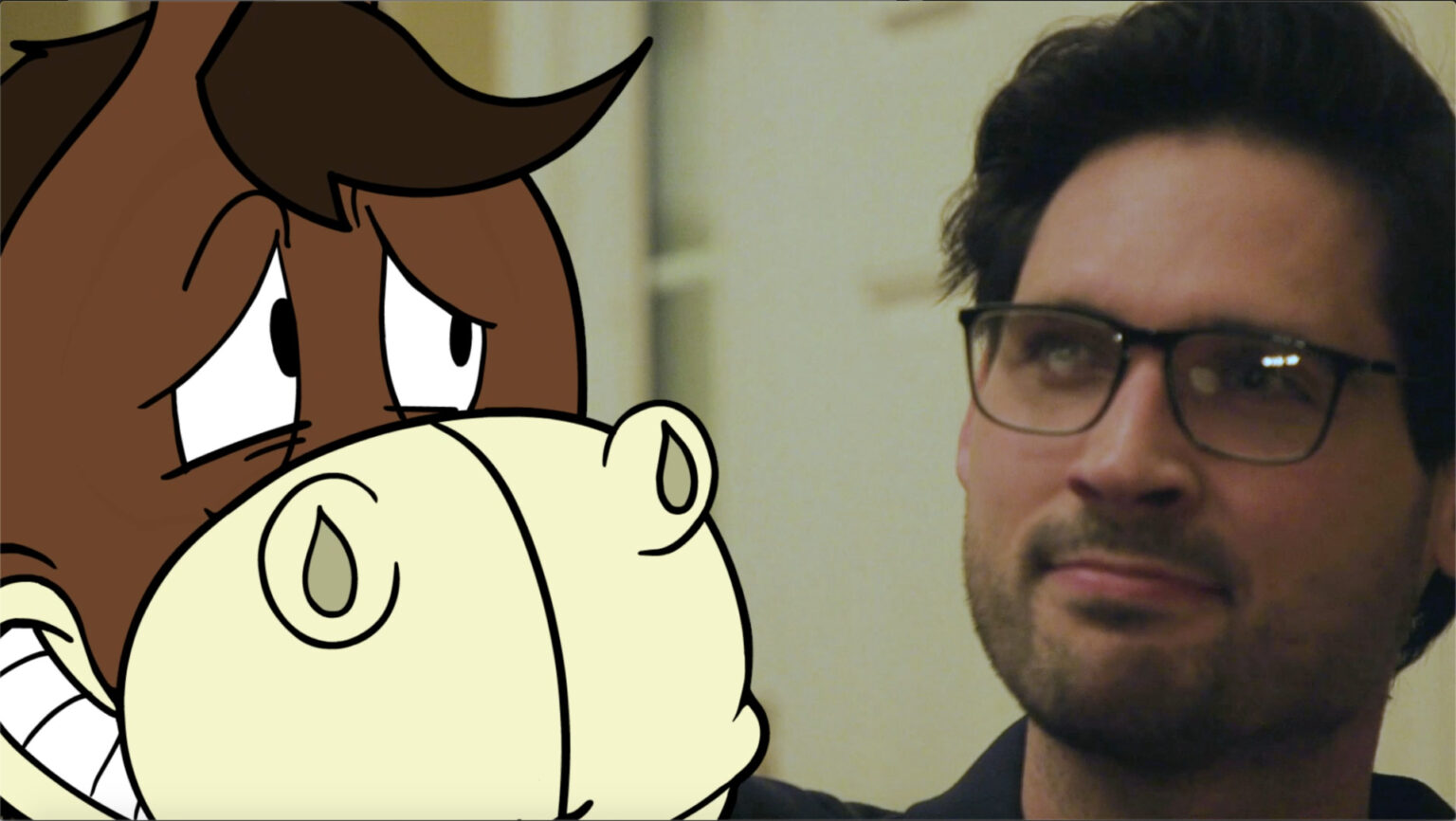
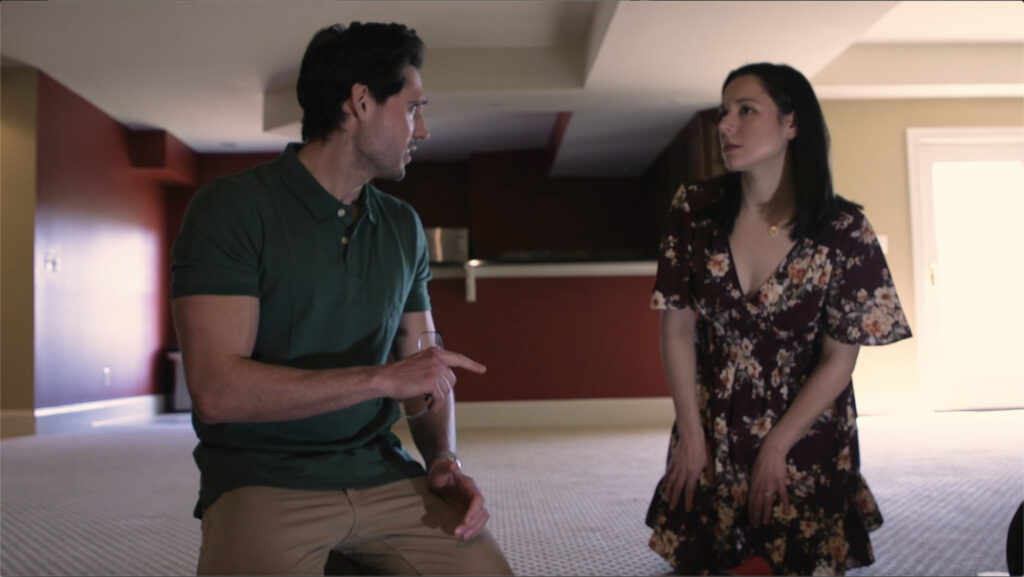
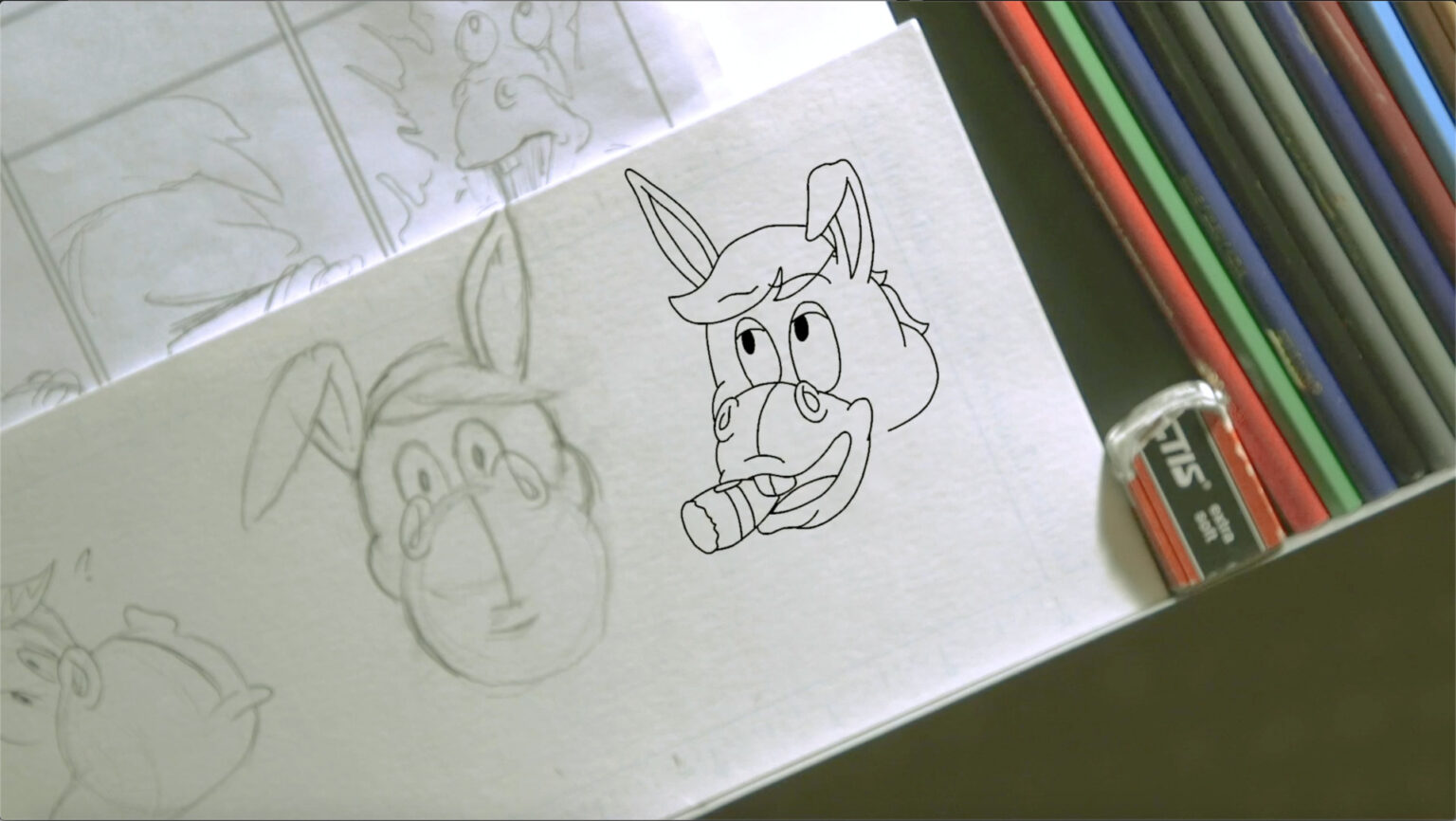
[MIS] Harra and the donkey reminds us of “Who Framed Roger Rabbit” , what are the most Live Action and animation films that you were influenced with?
[Chris] Well, Who Framed Roger Rabbit was obviously a huge influence on Harra and the Donkey in terms of characters, tone, etc, but there’s another film that had an influence on Harra and the Donkey which might raise an eyebrow or two: Monkeybone. While it was a critical and box-office failure, Monkeybone does have a few elements that Harra and the Donkey utilizes, specifically, the creator interacting with the creation and their relationship over the course of the film.
[MIS] Tell us about directing Life Action / animation? What are the most challenging issues you encountered?
[Chris] Obviously, the biggest challenge with directing live-action and animation is making sure the live-action actor is looking in the correct direction so that when the animators come in, it looks natural. To help the actor, we actually used a foam yellow ball on a pole and provided the actor somewhere to look when he is acting and also for the animators to make sure that Jacky’s proportions are consistent. Another thing that was especially helpful was that my two lead animators were on set for both shooting days and the provided feedback on shots involving animation to make sure that they can work with them.
[MIS] Animation demands a lot of hard work and consumes much time, how long did it take you to finish this Short?
[Chris] Well, we wrapped up filming in late February and the animation was completed in late April. So it took a good two months to get all of the animation done. Now keep in mind, I had a team of 10 animators working for me and I am still absolutely blown away and proud of all of the time and effort they put into the animation.
[MIS] What were the difficulties presented during the preproduction and production phases?
[Chris] In terms of pre-production, I’d say the biggest challenge was trying to convince people that the live-action/animation thing was feasible. Now just to set the stage, (for lack of a better term) at George Mason at least, production on senior films takes two semesters. In the first one, it’s all about writing the script and getting it production-ready and the following semester is the actual production. At the beginning of the preliminary semester, my professor kept expressing doubt about the feasibility of the live-action/animation concept. In fact, I remember during a one-on-one meeting I had with him, he suggested that instead of the animated Jacky, I’d have a guy in a donkey suit. But, I stuck to my guns and pushed through with the animation because even I knew the donkey suit would be really cheesy. But then, I put together a digital pitch the featured the animated Jacky and as soon as I showed it to my professor, all the doubts went away. Regarding the actual production, there some small hiccups such as re-writing the script to get it shot in two days, finding a location, finding a crew, etc. And an even bigger hiccup with me having to find another producer after my original one dropped out because of an illness. But the biggest challenge that we faced was what we currently going through right now. By March of this year, COVID-19 was beginning to really take effect in the US. This forced George Mason to go online-only for the remainder of the semester and I couldn’t meet up with my crew or my classmates anymore. And I’ve got to be honest, there were several days where I wanted to give up, primarily because my professor made finishing the film an option rather than a requirement. And while I understand where he was coming from, the fact that this project you’ve working to get towards your entire college career and suddenly having it not mean anything anymore, it’s pretty demoralizing. But, somehow, I pushed through, I kept everybody moving, and we got the film finished and to this day, I couldn’t be more proud of all of us.
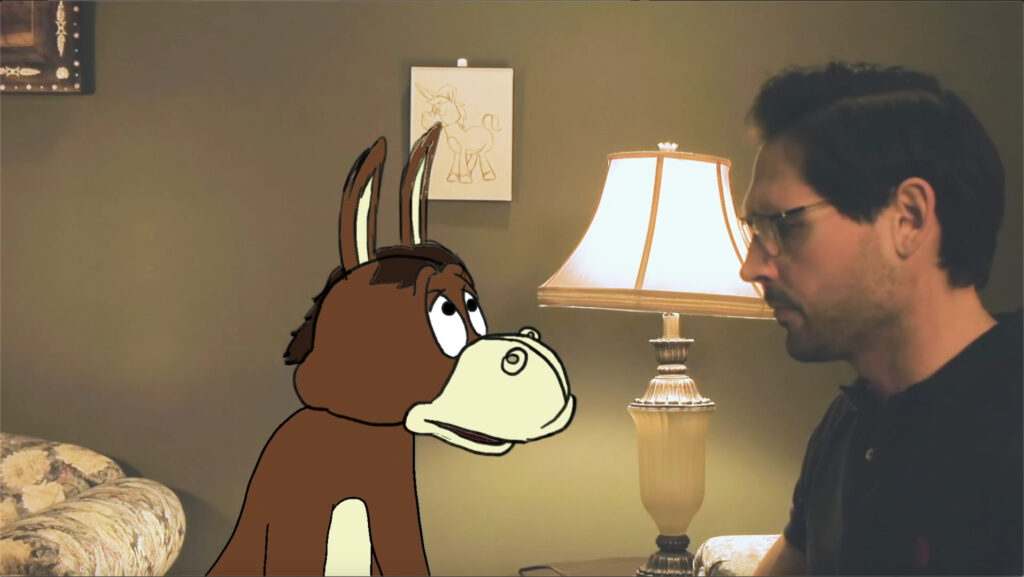
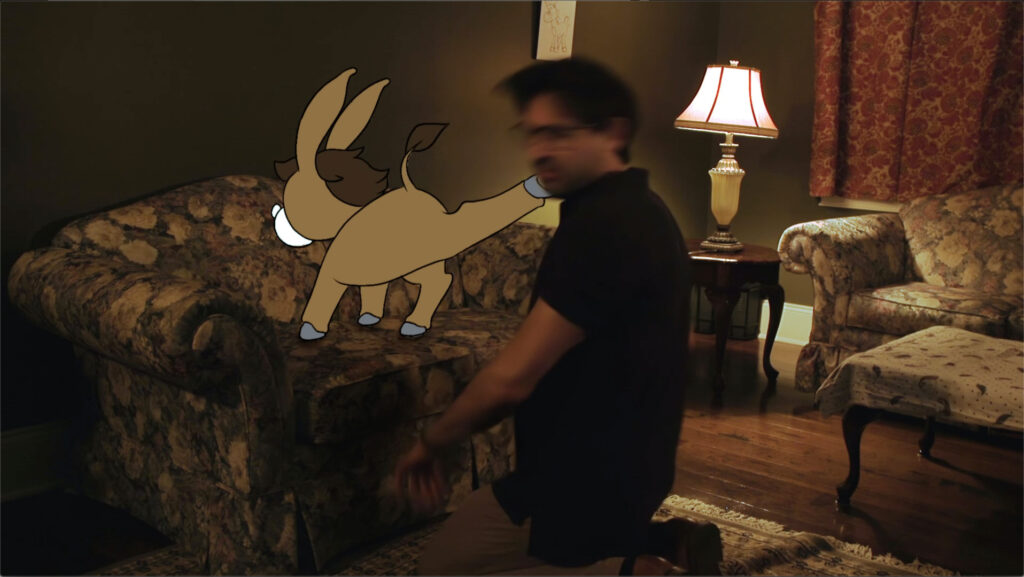
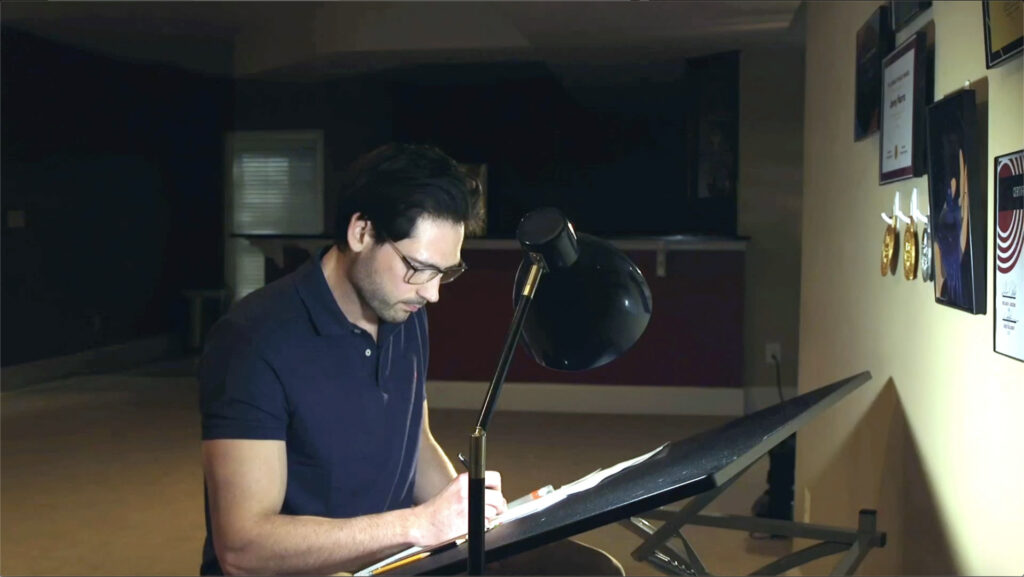
[MIS] What about the voice of Jacky, how was the casting process?
[Chris] With casting the voice of an animated character, it’s always a challenge because there’s this distinct voice that you visualize the character having but sometimes, you’ve got to let your actor put their own spin on it. Alex Hammett who played Jacky really nailed the goofy, almost dimwitted tone that Jacky is known for, while also having the heart needed for the emotional moments.
[MIS] Looking back, what would you change in “Harra and the Donkey” that you believes would make it better?
[Chris] Well, if I had the chance, I would try to shoot for more than two days for extra time to play around with varying camera angles, lighting set-ups, etc. I would also try to put in more awards and other memorabilia on Jonny’s desk at the beginning of the film and all-around, use the larger space better.
[MIS] What can you tell us about your future projects?
[Chris] For the time being, I’m looking at getting a full-time job here in Virginia to build up my resume and within a few years, move to Atlanta, Georgia which has the third-largest film industry in the United States and I have a whole binder full of potential films that I would like to bring to life someday.
[MIS] Any final thoughts at the end of this interview?
[Chris] In terms of closing thoughts, I hope that this film has brought joy in some peoples’ lives, especially with what we’re all going through right now. And also, I hope that this film serves as an inspiration for all film students in that they shouldn’t be afraid to go big and ambitious with their ideas, no matter who tries to tell them that their ideas are impossible.
